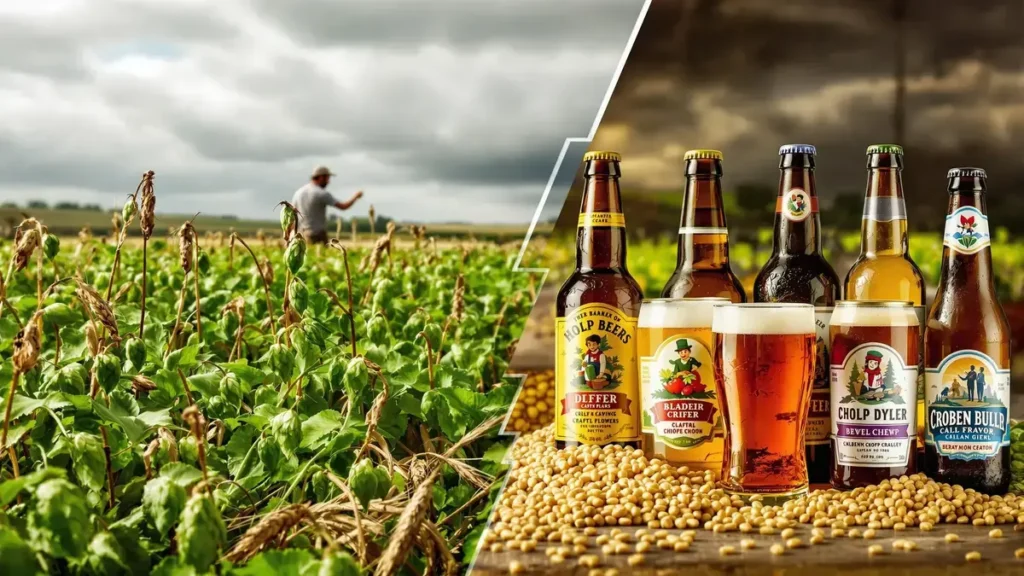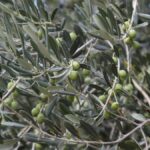Climate change has an impact significant on the taste of beer, questioning established practices in the brewing industry. There production of key ingredients such as hop and themalted barley is threatened by increasingly extreme climatic conditions. A study reveals a 20% decline in noble hop production in Europe since the end of the 1970s, accentuating the urgency of adapting cultivation and production methods to preserve the diversity of flavours.
Essential to know
- Climate change affects the taste of beer.
- Decrease of 20% of the production of hop noble since 1970.
- THE brewers they adapt using different varieties of hop.
- Possibility of one varies palette of beers for consumers.
The impact of climate change on the taste of beer
Climate change has profound and significant consequences on various aspects of our daily lives, and the beer does not escape this reality. In fact, the taste and quality of this iconic drink are directly dependent on changing environmental factors. The aromatic profile of beer is mainly influenced by three fundamental ingredients: hops, yeast and malted barley.
Threats to barley and hop production
The consequences of climate change on the production of these ingredients are worrying. Research has revealed an alarming 20% decrease in the production of noble hops in Europe since the mid-1970s, a fact that raises concerns about the future of breweries. Climate variations pose a threat to the availability of barley and hops, two essential components for beer production.
Impact on alpha acids and bitterness
Beer quality is also affected by changes in chemical composition due to climate. In particular, the alpha acids, responsible for the bitterness of beer, is expected to decline by 31% by 2050. This decline could transform the sensory characteristics of many beer styles, potentially making them less bitter and therefore changing the taste that brewers appreciate.
Adapting cultivation techniques
Brewers and farmers are having to face the reality of climate change and adaptation has become essential. Traditional cultivation techniques for noble hops are increasingly difficult to maintain due to climate variations. The observation of an early development of the hop growing season, caused by rising temperatures, underscores the need to evolve to continue producing quality ingredients.
Adaptation strategies
To meet these challenges, farmers are adopting various strategies, such as moving hop crops, using irrigation, or choosing varieties that are more resistant to extreme weather conditions. These adaptations are not without costs, as water scarcity also impacts the price of hops, affecting the economics of beer.
The diversity of beer styles
Faced with these challenges, American brewers are innovating by using different hop varieties to adapt their recipes, trying to maintain the quality of their products despite the variations in crops. Regenerative agricultural practices, such as cover cropping, are emerging as solutions to adapt to climate change, thus allowing to preserve the land and improve the resistance of crops.
A diverse beer palette for consumers
Despite the difficulties, this situation also offers an opportunity. The diversity of flavors and aromas in craft beer is increasing in response to climate challenges. Consumers, for their part, could open up to a more varied range of beers, thus avoiding a possible « existential crisis » of beer. This could also encourage a rebirth of brewing craftsmanship, where innovation mixes with reinvented traditions to meet the needs of a future inevitably impacted by the climate.
















